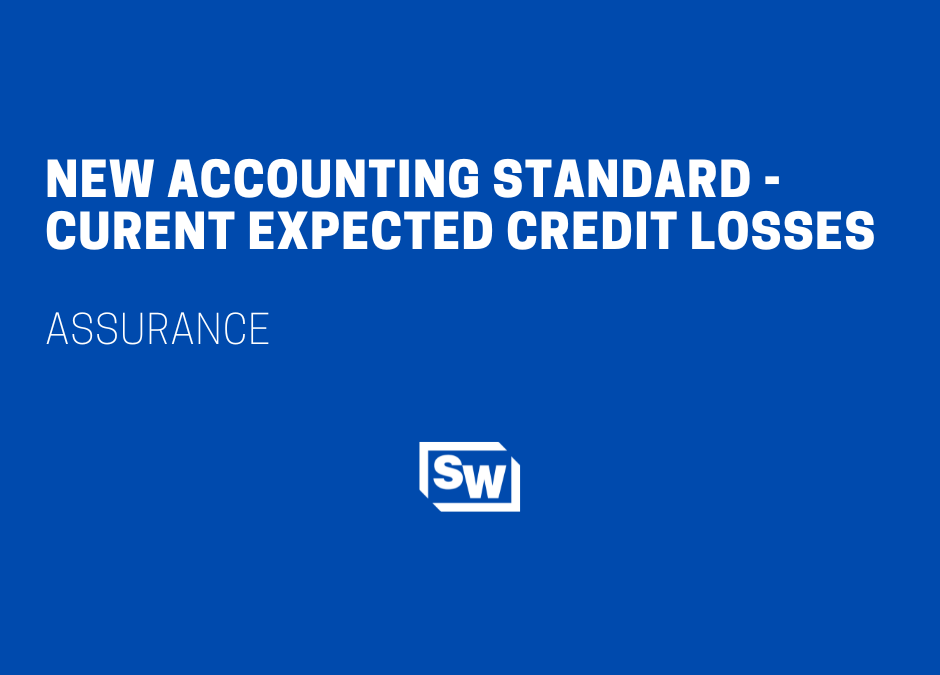In 2016, the Financial Accounting Standards Board announced a new accounting standard introducing the current expected credit losses (CECL) methodology. CECL is effective beginning January 1, 2023, early adoption is allowed. CECL will cover all financial instruments carried at amortized cost, including but not limited to trade receivables, loans held for investment, and held-to-maturity debt securities.
The concept of CECL requires entities to look at how current and future economic conditions impact the amount of loss. Credit losses are not just an issue for financial institutions; economic uncertainty is likely to have an impact on many different receivables.
The current allowance method relies primarily on historical data, adjusted for environmental factors; credit losses are primarily recognized once they are considered probable instead of when they are first identified. CECL suggests a forward-looking analysis by taking the life of the receivable into account rather than relying on losses occurring during a specific historical period. The objective of CECL is for entities to account for and reserve for losses based on historical information, current conditions, and reasonable and supportable forecasts.
Under CECL, entities use a pooled approach to estimate expected credit losses for financial assets with similar risk characteristics. For financial assets that do not share similar risk characteristics with other financial assets held by the entity, the allowance should be determined on an individual basis.
CECL raises many questions about how receivable life losses can be predicted using historical and qualitative factors. Many entities, especially smaller credit unions, may not have recorded historical data, or the data may be inaccessible. Boards of directors and management should familiarize themselves with CECL to assess how it differs from the entity’s existing allowance model and evaluate different allowance estimation methods to determine which is appropriate. Credit unions, in particular, will need to plan for the potential impact on regulatory net worth.
CECL does not require a specific estimate method. An entity may choose a loss estimation method that builds on its existing credit risk management system. In addition, entities can apply different estimate methods to different pools of financial assets. Regardless of the estimation method(s) selected, the entity must thoroughly document and support its credit loss estimates.
The ALLL estimation calculations will be changed by the new accounting standard. Getting ahead of the standard by understanding and preparing for the standard is imperative. As always, if you have any questions regarding CECL, please reach out to your personal Sciarabba Walker contact or email us at info@swcllp.com.
By Ethan Chaffee

